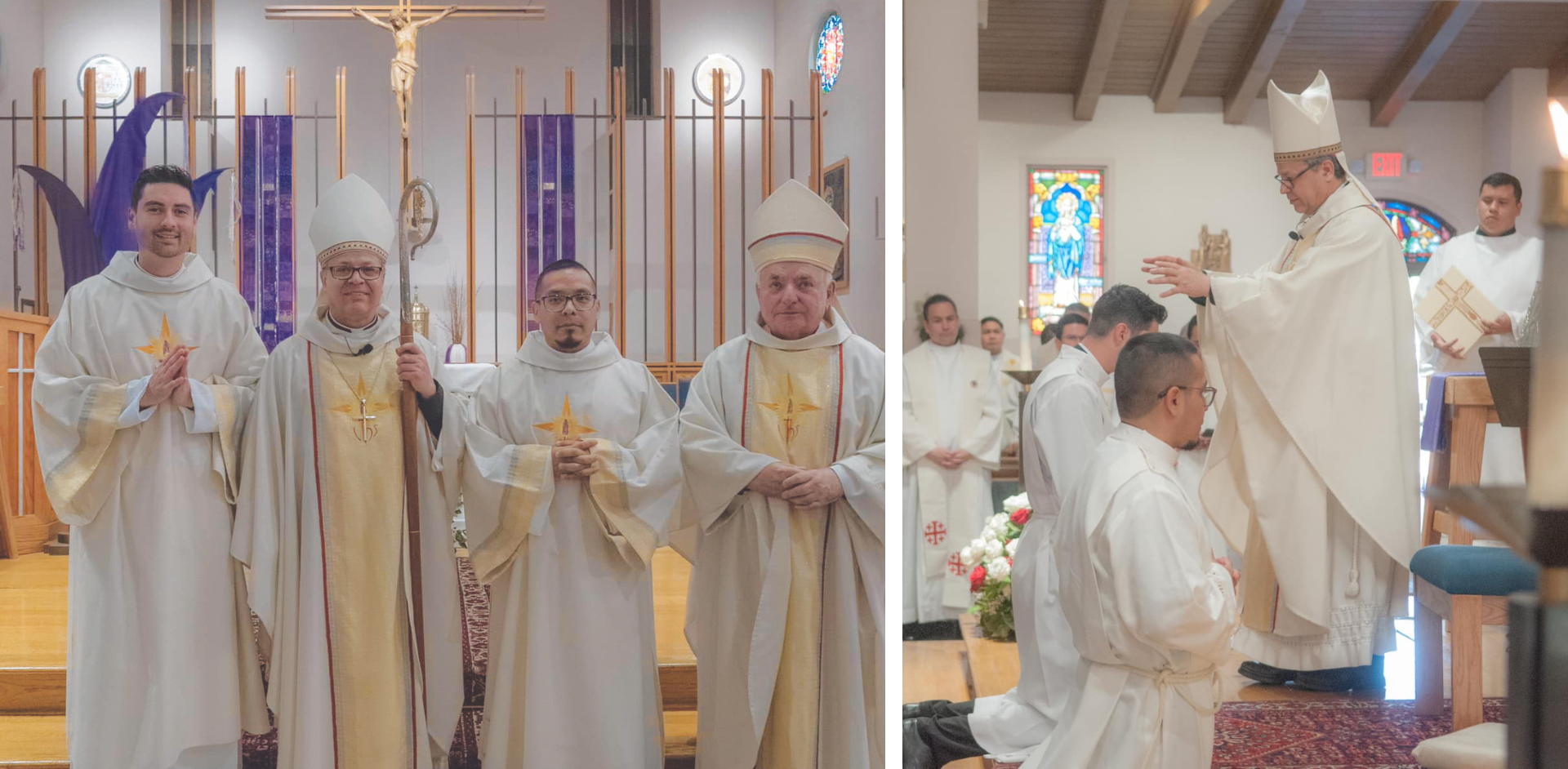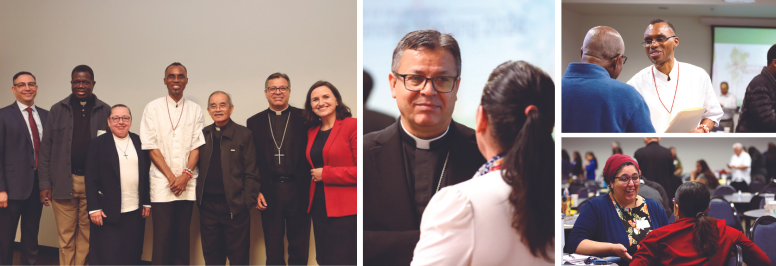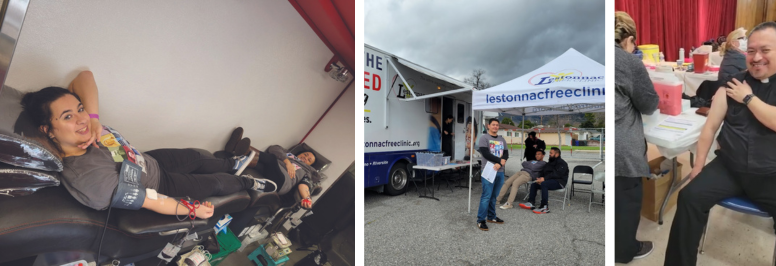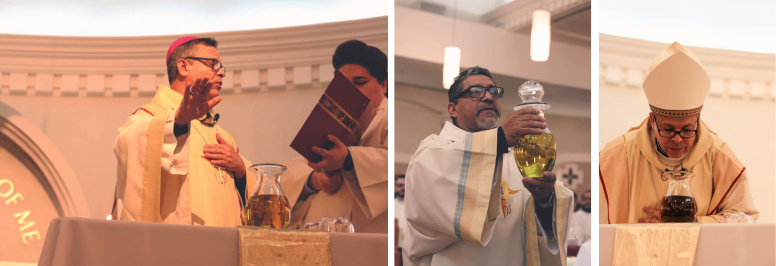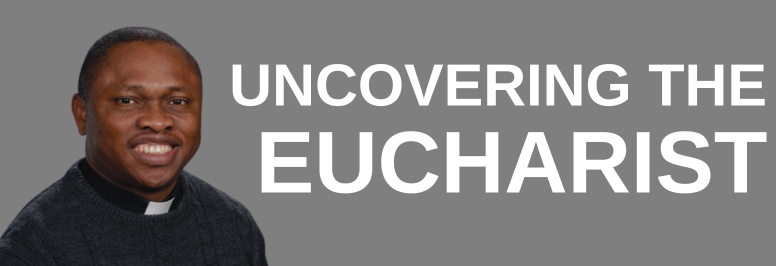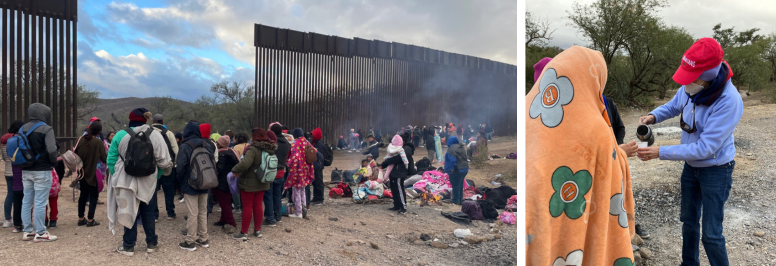Most of us have a vague idea of when these words appear in the Scriptures. After his best friend Lazarus has died Jesus goes to Bethany to console Martha and Mary. Amidst their grief and sorrow, Jesus, who is both human and divine, is overcome by his own emotions and publicly weeps.
Some might even think that it was because he felt emotion that he decided, on the fly, to raise up his friend and restore him to his family. After all, Martha and Mary lived with their brother and presumably were not married or were widows themselves. With the death of their brother, they would be without financial support or title to their home and would have to rely upon a distant male relative for support or wind up on the street, begging for assistance at the gates of the Temple or marketplace. Their loss was far greater than just having to bury their brother.
Jesus would certainly have reacted to the news of his best friend’s death with sadness and known the sisters’ predicament and would have wanted to go and comfort them in their loss.
“If (only) you had been here…” they said.
In these few words, Martha and Mary speak for all of us who have experienced grief or the loss of a loved one. Their faith is shaken, but still they cling to hope.
Jesus cannot help but be moved by their child-like trust. They believe that Jesus can still do something for them.
For three-plus years Jesus had brought others back to life with far less fanfare than we see him take here for his friend Lazarus. Jesus purposely waited for his friend to die before going to Bethany in order to raise his friend back to life.
We know from prior healings that Jesus need not be present but only says the word and a Roman soldier’s son comes back to life! His shadow heals those upon whom it lands and by touching of the hem of his cloak a woman is restored to good health. We even hear that a paraplegic who they had let down through the roof of a home Jesus was meeting in, was healed, not by his own faith, but by the faith of those who brought him!
Then what is Jesus up to here?
Just like the professional mourners who follow Mary expecting her to go to the tomb (rather than to see Jesus), we often fail to grasp the full meaning of the encounter, noting Jesus’ tears as simply being tears shed for a deceased friend.
Hindsight, however, helps us realize that something more profound has just taken place.
Jesus already knew he was going to raise Lazarus from the dead and restore him to his sisters (it’s what Jesus has done countless times before -- Restoring the ‘dead’ and marginalized to new life in community).
However, unlike previous occasions, Jesus becomes overwhelmed by the full brunt of Adam and Eve’s disobedience and the subsequent punishment they have received for their actions (including pain, death and the loss of the intimate relationship between God and his creation).
Jesus grieves for us, knowing that God the Father wanted so much more for us, yet he realizes that what he does here at Bethany will seal forever his own fate. When news of this miracle reaches the high priests in Jerusalem a couple of miles away, they harden their hearts and seek from that moment on an opportunity to have Jesus put to death.
Out of love, Jesus made the ultimate sacrifice. He surrendered his life so that we might take it up and live life more abundantly... with compassion and hope.
And when we do that, Jesus weeps for joy!
John De Gano is a deacon at St. Catherine of Alexandria parish in Riverside.






